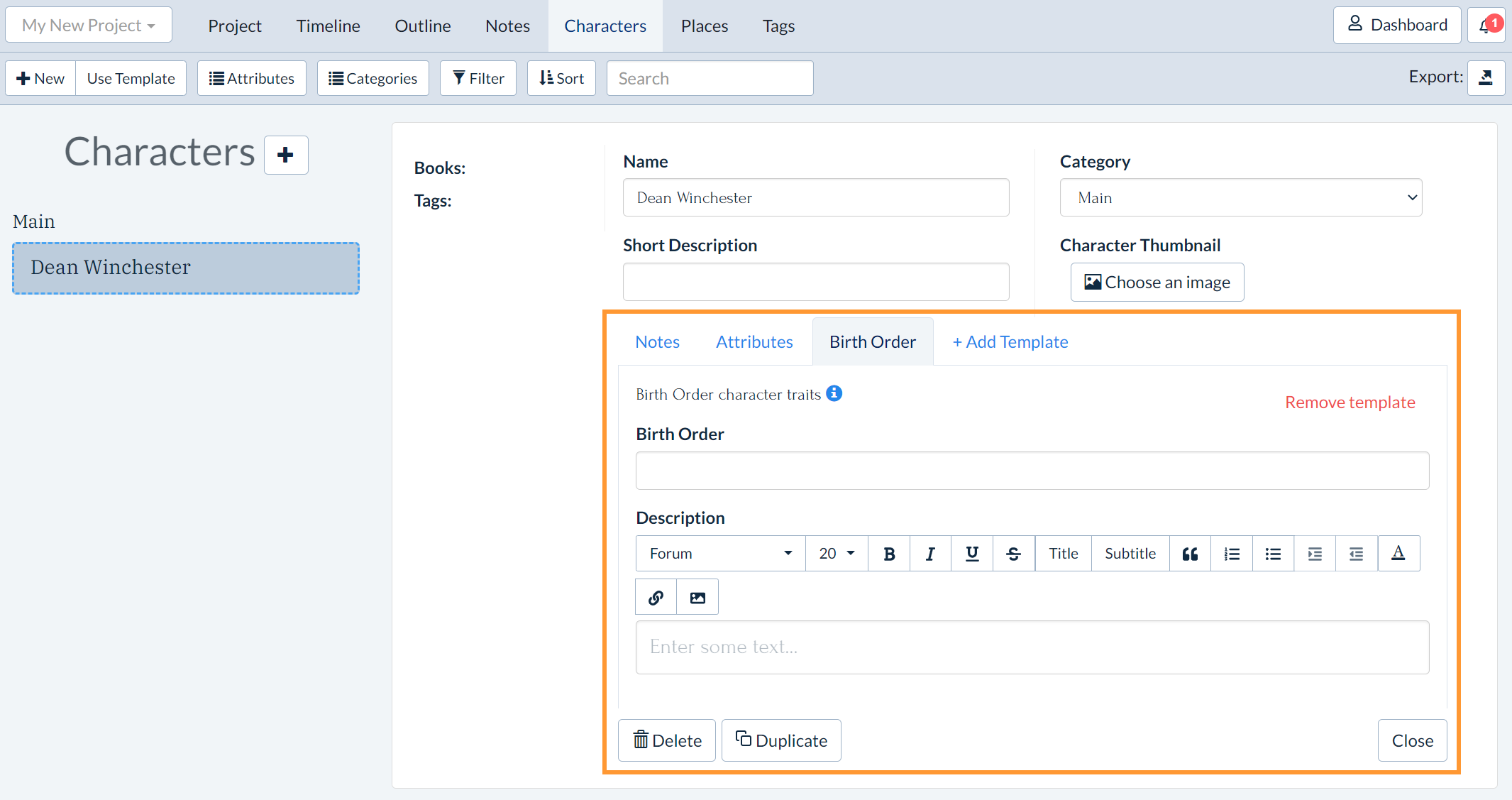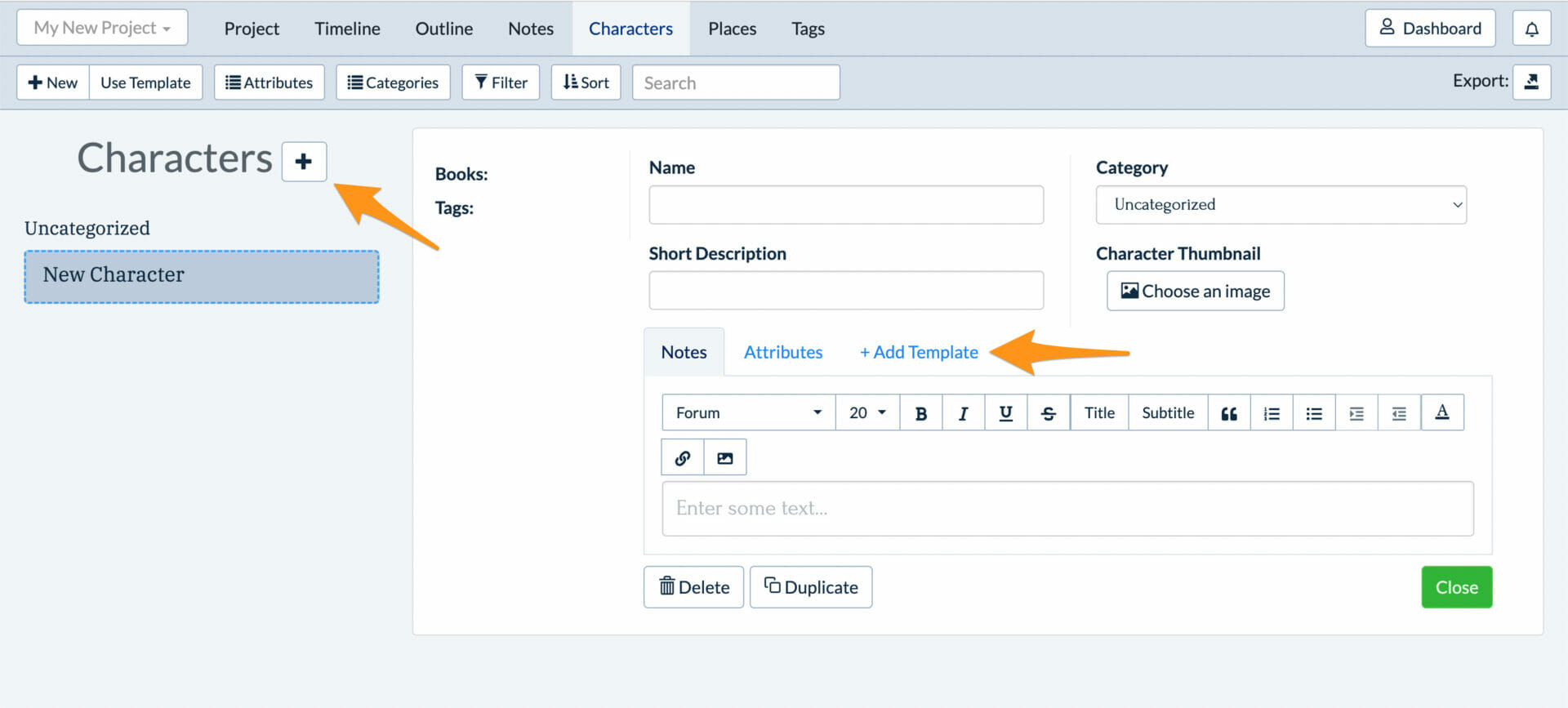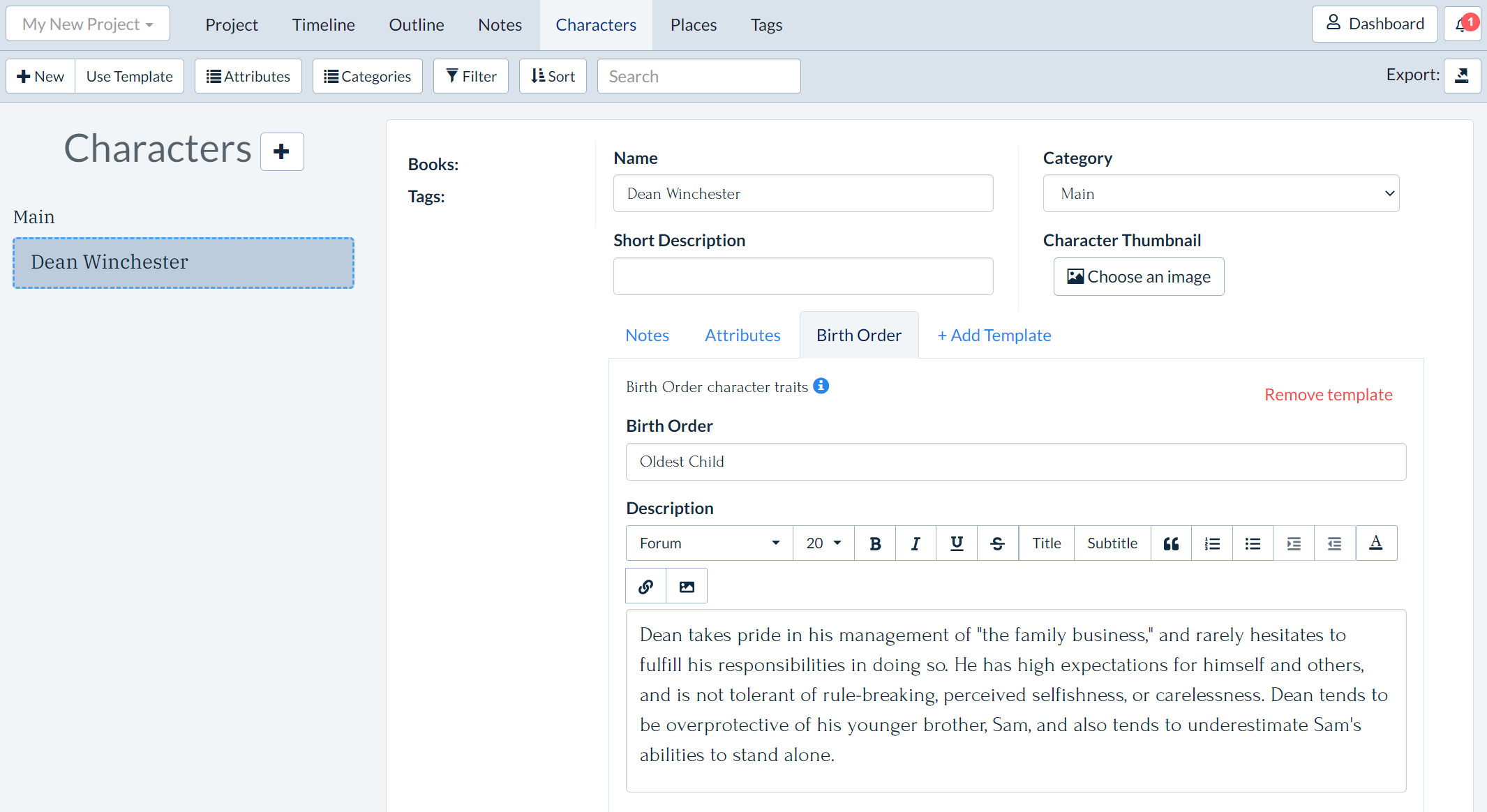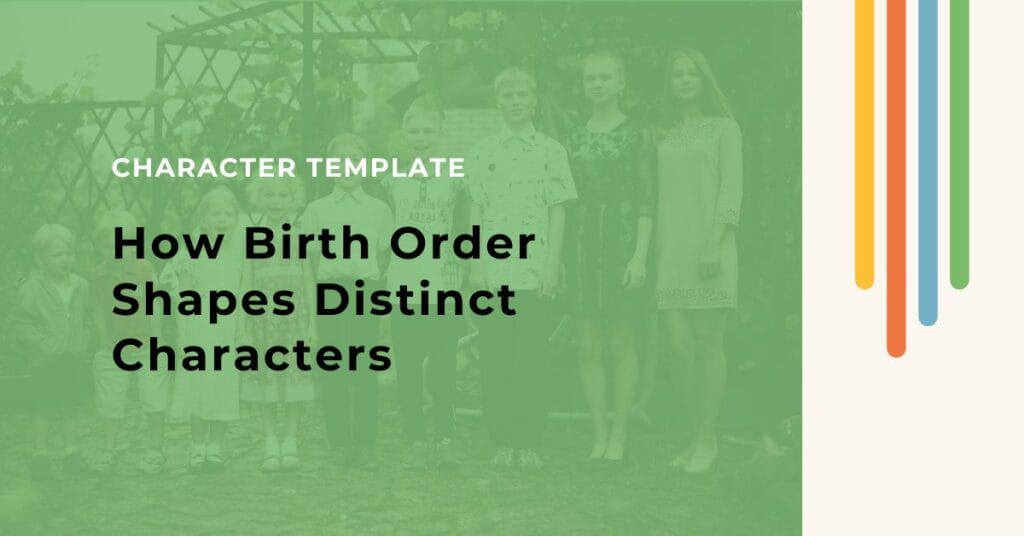
Organize your creativity with the #1 book outlining and story bible software for professional and aspiring writers.
Product
Helpful Links
© Fictional Devices, 2024. All Rights Reserved.
Birth order theory suggests that being a younger vs older sibling may have a profound effect on our psychology. Formative experiences affect people into adulthood, in real life and in fiction.
Thinking about whether your characters were an eldest, middle or youngest child will help you think how their family dynamics affected them. Plus, there’s a helpful Plottr character template to keep your characters’ birth orders in, well, order.
The way birth order affects psychological and social development is explored in the book The Birth Order Book: Why You Are the Way You Are, by Kevin Leman, Ph.D. Over at parents.com, Jocelyn Voo gives a useful summary of Leman’s ideas on how birth order affects personality traits.
Put simply, Dr. Leman suggests that differences between siblings’ personalities depend (in part) upon how their parents treated them — and that this treatment is influenced by the order in which they were born.
You can find the origins of this theory as far back as fairytales. Many classic stories begin with a youngest son heading out into the world to seek his fortune, while his older siblings stay home to take care of their mother or look after the family business. (Is that you, Dean Winchester?)
Maybe this concept has come up in banter with your own family. Do you suffer from middle child syndrome, or do you poke fun at a brother or sister who does? Or are you the parent of an only child with typical only child qualities? These aren’t just empty stereotypes.
If you’re writing a family drama or other type of story where siblings feature in the plot, birth order gives you a starting point for your characters’ relationship dynamics. Deciding characters’ birth order is useful because:
As you use Plottr’s Birth Order character template, feel free to create a family of any size (it doesn’t have to be a trio of youngest, middle, oldest – though the rule of threes does work well in storytelling!).
One of many character templates in Plottr, our Birth Order template gives you space to enter when a chosen character was born in relation to their siblings, with extra input fields to describe how this affects them.

Here is a quick reference on character traits that are often ascribed to birth order:
None of these traits are set in stone, and you could subvert these expectations (of course) to make an interesting story. Maybe your protagonist is a middle child who receives most of the parental attention, or an oldest child who is the adventurer, while the youngest could be the homebody.
Studying the birth order of your favorite fictional characters (and how it could have affected their personalities) brings fascinating insights.
For instance, the oldest child of the Bailey family in It’s A Wonderful Life (1946), George, wants to travel the world. He makes the “responsible” choice and stays in Bedford Falls, though, raising a family, and manages his family’s company, Building & Loan.
George’s younger brother Harry, meanwhile, goes off to war and becomes a war hero. George’s regrets about the life he didn’t lead are part of the crisis he experiences at the beginning of the film.
In Little Women by Louisa May Alcott, Jo, a middle sister of three, has ambitions for a writing career. She travels to another city to find a job, and longs to tour Europe with her great aunt.
Although Jo marries and has a family like her oldest and youngest sisters ultimately, her life is more unconventional, which is typical for a middle child.
In the fairy tale “Puss in Boots,” a miller dies and leaves his mill to his oldest son, a mule and cart to his second son, and a cat to his youngest son. The cat makes the youngest son buy him a pair of boots and they set off to seek their fortunes.
Through the cat’s clever tricks and gifts, the young man marries a princess and takes over the former castle of an evil giant to become the Marquis of Carabas. The youngest’s adventurous, indomitable spirit is typical of a last-born.
In the television series Supernatural, two monster-hunting brothers have a charming but sometimes tense familial bond. Dean Winchester is a textbook older brother, tending to take charge and hold his younger brother Sam to high standards of rules and ethics.
Sam Winchester, on the other hand, resents his brother’s overprotective nature and often pushes boundaries.
Ready to dive deep into your characters’ birth order and family history? First, make sure you purchase Plottr or sign up for a free trial.
Once you have Plottr set up on your computer, follow these very simple steps to get started:



When you add the Birth Order template to your character file, it will help you come up with all sorts of psychological quirks. You can add extra templates to develop additional character qualities.
These character templates go well with birth order insights:
Staring at a blank sheet of paper? Coming up with ideas is often the hardest part of writing. Choosing your characters’ birth order is a great place to begin making your cast feel more real.
Join free weekly live Plottr tutorials to make brainstorming engrossing characters easy. Have you given this template a try already? Let us know your thoughts in the comments!


© Fictional Devices, 2024. All Rights Reserved.
Comments